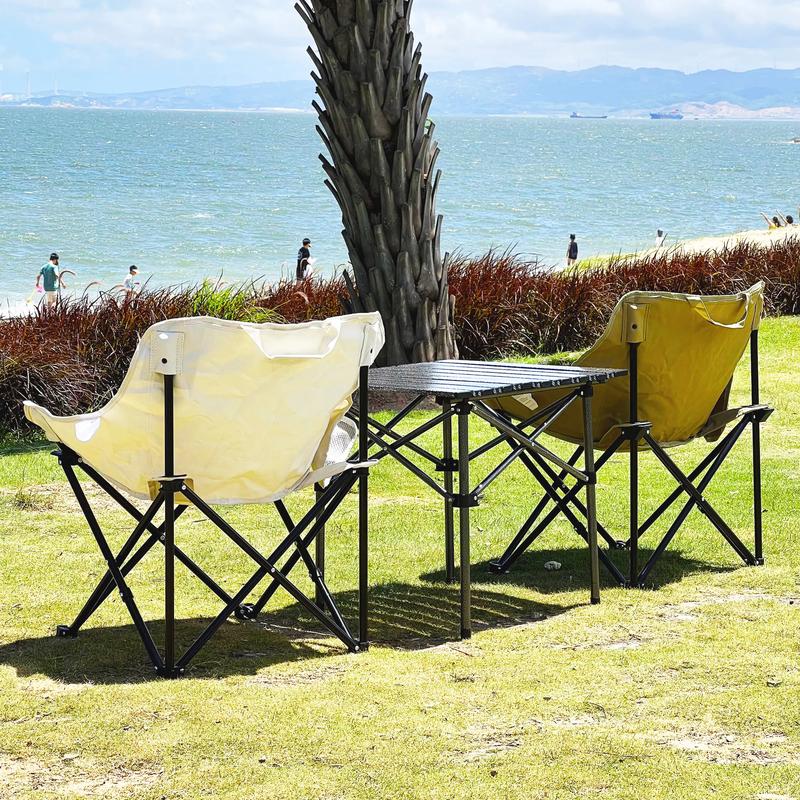In an era of climate awareness and conscious consumerism, sustainable furniture production has shifted from a niche trend to a global imperative. Consumers, brands, and regulators alike now prioritize eco-friendly practices—from material sourcing to end-of-life recycling—as a non-negotiable standard for responsible manufacturing. For furniture producers, this shift presents both opportunity and challenge: how to deliver high-quality, stylish pieces while minimizing environmental impact.
China, a global leader in furniture manufacturing, has emerged at the forefront of this transition. With decades of expertise in woodworking, advanced technology, and a commitment to innovation, Chinese factories are redefining what sustainable furniture production looks like—blending tradition, efficiency, and eco-consciousness. In this guide, we explore the principles of sustainable furniture production, China’s role in driving this movement, and how to partner with factories that align with global sustainability goals.
What Is Sustainable Furniture Production?
Sustainable furniture production refers to the entire lifecycle of a furniture piece, from raw material sourcing to manufacturing, distribution, and disposal. It prioritizes:
– Eco-Friendly Materials: Using renewable, recycled, or FSC-certified (Forest Stewardship Council) wood; low-VOC (volatile organic compound) finishes; and non-toxic adhesives.
– Energy Efficiency: Reducing carbon emissions through renewable energy (solar, wind) and optimized production processes.
– Waste Reduction: Minimizing scrap, recycling byproducts (e.g., wood chips into biomass), and designing for disassembly (to extend product lifespans).
– Ethical Labor Practices: Ensuring fair wages and safe working conditions across supply chains.
The Global Demand for Sustainable Furniture
Consumer preferences have evolved dramatically. A 2023 survey by Nielsen found that 78% of global shoppers are willing to pay more for sustainably produced goods, with furniture topping the list of categories where eco-claims drive purchasing decisions. Regulatory bodies have followed suit:
– The EU’s Ecodesign Directive mandates energy efficiency and recyclability for furniture.
– The U.S. CARB Phase 2 regulation limits formaldehyde emissions from wood products.
– REACH (EU) enforces strict limits on hazardous chemicals in consumer goods.
For brands, meeting these standards isn’t just about compliance—it’s about building trust with eco-aware customers and avoiding costly penalties.
China’s Leadership in Sustainable Furniture Production
China’s furniture industry has undergone a green transformation, driven by both market demand and government initiatives (e.g., the “Double Carbon” goal to achieve carbon neutrality by 2060). Here’s how Chinese factories are leading the way:
1. Sourcing Eco-Conscious Materials
Sustainable production starts with materials. Chinese factories prioritize:
– FSC-Certified Wood: Over 30% of China’s timber imports now come from FSC-certified forests, ensuring responsible logging and traceability.
– Recycled & Upcycled Materials: Factories repurpose wood scraps (from CNC machining) into particleboard or biomass energy, and some even use reclaimed wood (e.g., old barns, shipping pallets) for rustic or vintage designs.
– Low-Impact Fabrics: Organic cotton, linen, and recycled polyester are replacing synthetic materials, reducing reliance on fossil fuels.
2. Advanced Manufacturing Technologies
China’s adoption of cutting-edge technology enhances efficiency and reduces waste:
– CNC Machining: Computer-controlled cutting and shaping minimize material waste (e.g., precise cuts reduce offcuts by 20-30% compared to manual methods).
– Water-Based Finishes: Factories use water-based paints and stains (low in VOCs) to comply with global emissions standards while maintaining durable, high-quality finishes.
– Automation: Robotic assembly lines reduce energy consumption and human error, ensuring consistent quality with minimal rework.
3. Circular Economy Practices
Sustainability doesn’t end at production—it extends to a product’s lifespan. Chinese factories are pioneering:
– Design for Longevity: Creating timeless designs with modular components (e.g., interchangeable sofa cushions, detachable table legs) that extend usability.
– Take-Back Programs: Some factories offer recycling or refurbishment services, encouraging customers to return old furniture for repair or reuse.
– Biodegradable Packaging: Replacing single-use plastics with recycled cardboard, bamboo, or starch-based materials to reduce landfill waste.
How to Identify a Sustainable Furniture Factory in China
Choosing the right partner is critical for brands aiming to meet sustainability goals. Here are key criteria to evaluate:
1. Certifications
Look for factories with third-party certifications that validate their eco-practices:
– FSC-COC: Ensures wood products come from responsible sources.
– CARB Phase 2: Confirms compliance with U.S. formaldehyde emission limits.
– OEKO-TEX® Standard 100: Guarantees textiles (fabrics, upholstery) are free from harmful chemicals.
– ISO 14001: Demonstrates a commitment to environmental management systems.
2. Transparency
Sustainable factories are open about their supply chains and processes. Ask for:
– Material Tracing: Documentation showing the origin of wood, fabrics, and finishes.
– Waste Reports: Data on material recycling rates, energy consumption, and carbon emissions.
– Factory Tours: Virtual or in-person visits to observe production lines, waste management systems, and worker conditions.
3. Customization for Sustainability
The best partners go beyond compliance—they innovate to meet your specific sustainability goals. For example:
– Bespoke Eco-Materials: Sourcing rare FSC-certified woods or custom recycled fabrics.
– Carbon Neutral Shipping: Offering sea freight (lower emissions than air) or offsetting carbon footprints through reforestation projects.
The Benefits of Partnering with a Sustainable Chinese Factory
Collaborating with a sustainable furniture manufacturer in China offers multiple advantages:
– Competitive Edge: Meet consumer demand for eco-friendly products and stand out in crowded markets.
– Cost Savings: Reduced waste, energy efficiency, and longer product lifespans lower long-term costs.
– Regulatory Compliance: Avoid fines and delays at customs by adhering to global sustainability standards.
Conclusion
Sustainable furniture production is no longer optional—it’s the future of the industry. China’s furniture factories, with their blend of technical expertise, material innovation, and commitment to circular practices, are uniquely positioned to lead this transition. By prioritizing partners with certifications, transparency, and a focus on lifecycle responsibility, brands can create furniture that’s not only beautiful and functional but also kind to the planet.
As consumers and regulators continue to demand greener solutions, the factories that thrive will be those that embrace sustainability as a core value—not just a marketing buzzword. For brands ready to future-proof their product lines, China’s sustainable furniture manufacturers are the key to turning eco-conscious vision into reality.
Article link:https://www.vlefooena.com/manufacturer/4431/


No reply content